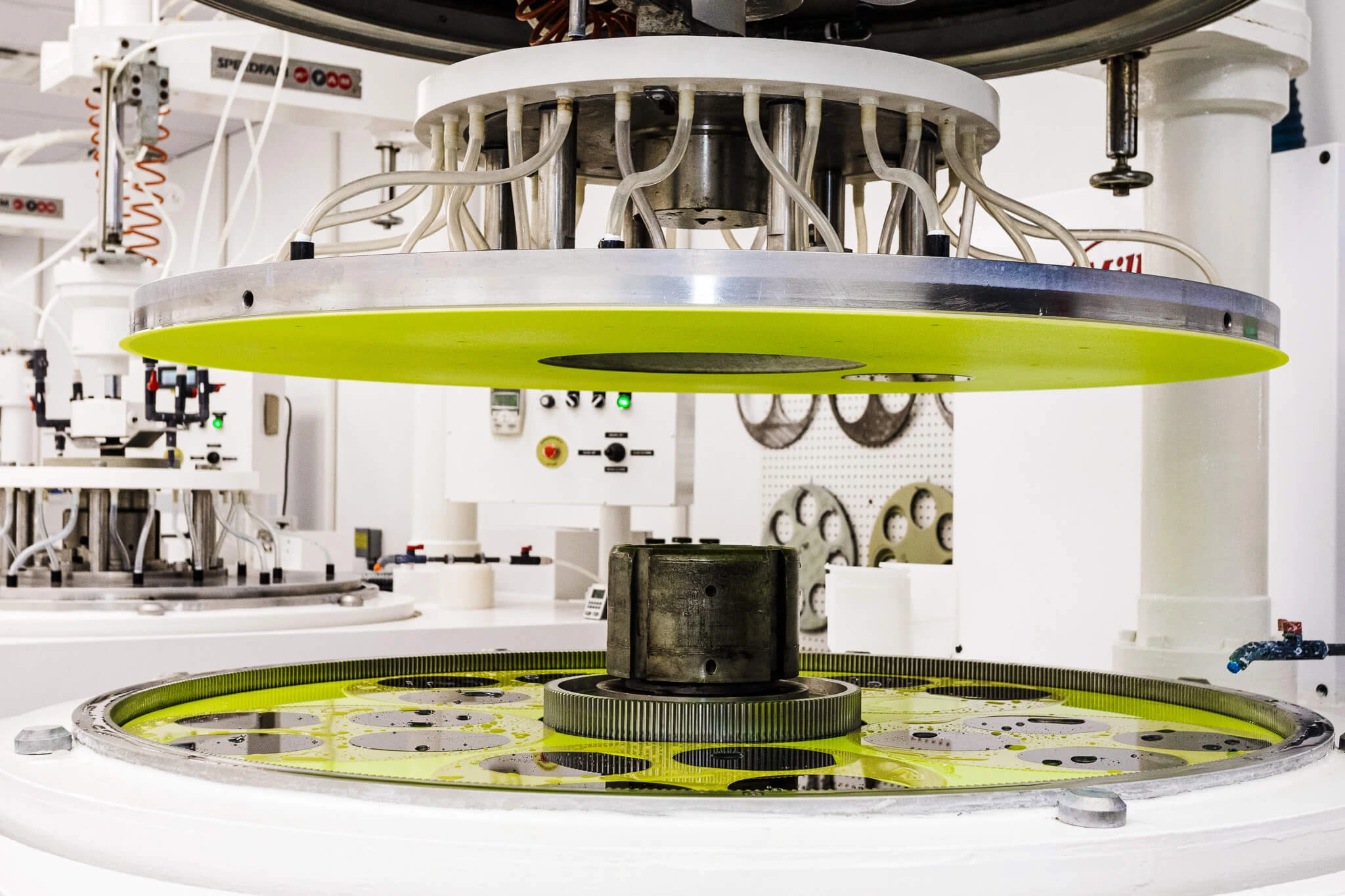Gallium arsenide is a unique compound for semiconductors. Its direct bandgap, present even in GaAs reclaim wafers, makes them particularly useful in optical devices because photons, the basic unit for all light, can easily pass through lenses.
However, GaAs is not perfect. This material is more brittle than silicon, and after the reclaim process, it can be even more so—meaning specialized packing techniques are crucial to protect its integrity.


GaAs is more brittle than silicon, making it prone to cracking, chipping, or breaking during handling and transport. To make matters worse, this semiconductor material can release arsenic compounds if damaged, making it a risk for those transporting and working with it. Understanding the best packing techniques is key to preventing that.
At Wafer World, we produce brand-new and reclaimed GaAs wafers, so we’re experienced in shipping them. If you’d like to learn more, contact us today!